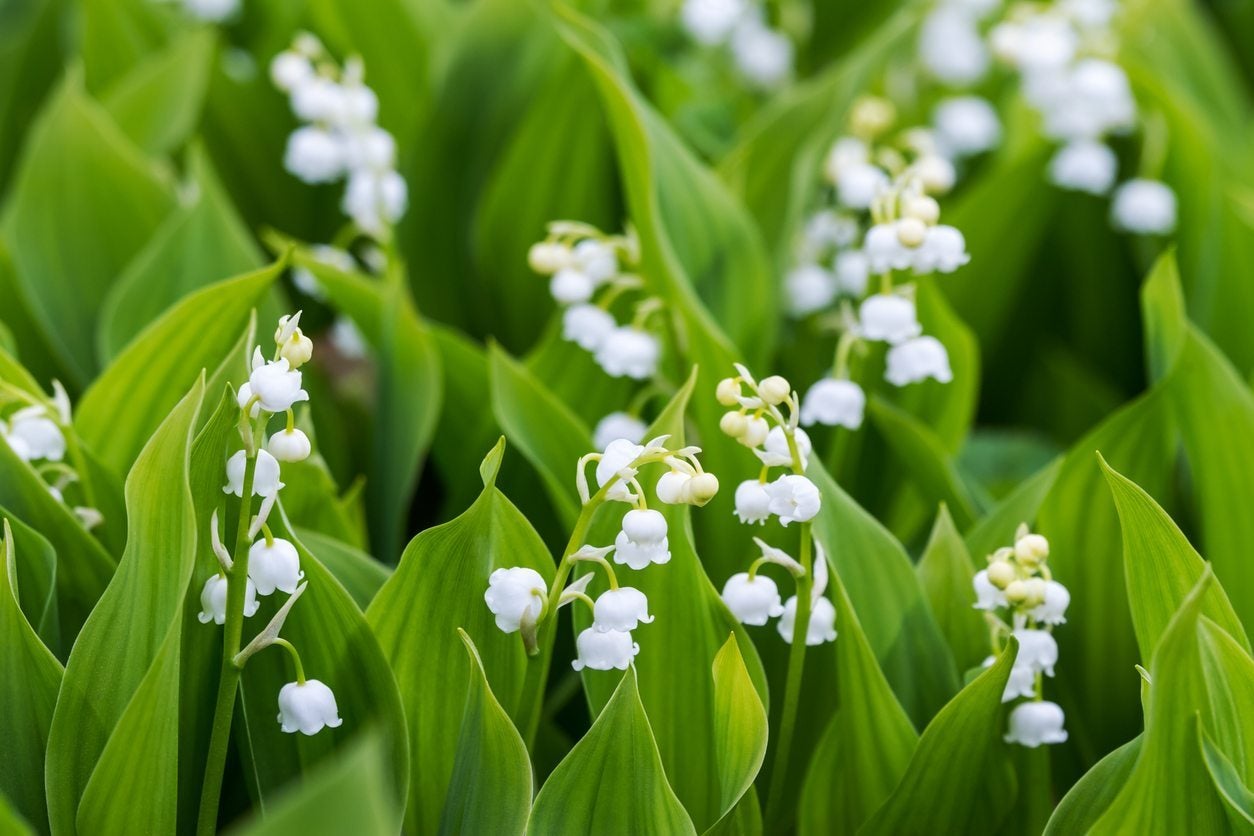Dividing Lily Of The Valley: When To Split Lily Of The Valley Plants


Lily of the valley is a spring-flowering bulb that produces dainty little bell-shaped flowers with a heady, sweet fragrance. Although lily of the valley is extremely easy to grow (and may even become aggressive), occasional division is necessary to prevent the plant from becoming unhealthy and overcrowded. Dividing lily of the valley is simple, doesn’t take a lot of time, and the payoff is a more attractive plant with large, healthy blooms. Read on to learn how to divide a lily of the valley.
When to Split Lily of the Valley
The optimum time for lily of the valley division is when the plant is dormant in spring or fall. Separating lily of the valleys after flowering ensures the plant’s energy is available for creation of roots and leaves. Divide lily of the valley four to six weeks before the first average hard freeze date in your area. This way, there is ample time for healthy root development before the ground freezes.
How to Divide a Lily of the Valley
Water the plants a day or two ahead of time. Trim taller leaves and stalks down to about 5 or 6 inches (12-15 cm.). Then, dig the rhizomes (also known as pips) with a trowel, spade, or garden fork. Dig carefully about 6 to 8 inches (15-20 cm.) around the clump to avoid cutting into the bulbs. Lift the bulbs carefully from the ground. Pull the pips apart gently with your hands or divide them with a trowel or other sharp garden tool. If necessary, snip through tangled roots with garden shears. Discard any pips that appear soft, rotten, or unhealthy. Plant the divided pips immediately into a shady spot where the soil has been amended with compost or well-rotted manure. Allow 4 or 5 inches (10-13 cm.) between each pip. If you are planting an entire clump, allow 1 to 2 feet (31-61 cm.). Water well until the area is evenly moist but not saturated.
Sign up for the Gardening Know How newsletter today and receive a free copy of our e-book "How to Grow Delicious Tomatoes".

A Credentialed Garden Writer, Mary H. Dyer was with Gardening Know How in the very beginning, publishing articles as early as 2007.